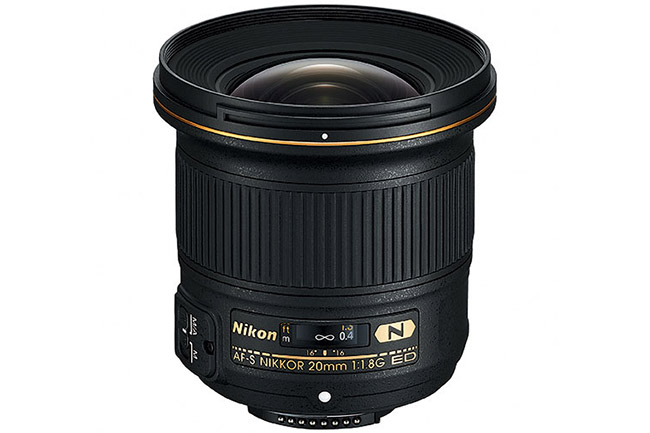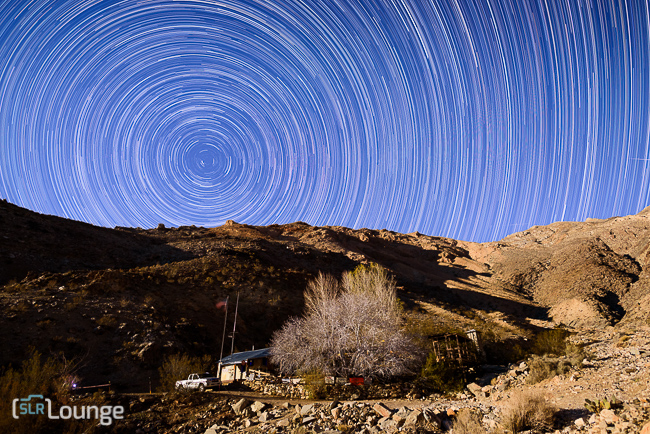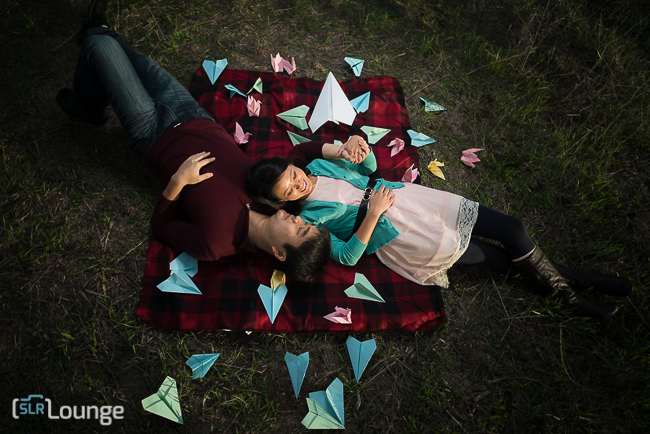
 The Nikon 20mm 1.8 AF-S G ED Nano
The Nikon 20mm 1.8 AF-S G ED Nano
Buy the Nikon 20mm f/1.8 AFS-G ED Nano on B&H here – $796
Finally, someone created my dream lens! (Well, almost.)
The day Nikon announced that the next lens in their affordable AFS-G prime lineup would be a 20mm f/1.8, I jumped for joy.
 Nikon D750, Nikon 20mm f/1.8 G, FotoPro C5C Tripod
Nikon D750, Nikon 20mm f/1.8 G, FotoPro C5C Tripod
330 exposure, 30 sec @ f/2.8 & ISO 800
SLR Lounge Preset System V6 for Lightroom
True, primes of this focal length are not for everyone, and especially at an f/1.X aperture. Indeed, most casual shooters would be better off with an f/2.8 or even an f/4 ultra-wide zoom. Landscape photographers who spend all their time at f/11 probably won’t bat an eye, and portrait / wedding photographers who need good low-light performance are probably already content with their f/2.8 zooms.
OK so, I just spoiled the review, sorry! However if you’re like me, you’re going to want to keep reading / watching, because this lens could be a real treat. Enjoy!
Nikon D750, Nikon 20mm f/1.8 G, FotoPro C5C Tripod
100 sec. @ f/11 & ISO 200
SLR Lounge Preset System V6 for Lightroom
Pros
- Stunning overall sharpness
- Flawless stopped-down sharpness (Ready for a ~50 megapixel FX sensor?!)
- Amazing sunstars (A first in forever for Nikon)
- Ultra-lightweight and very compact (And yet…)
- …Accepts 77mm filters!
Cons
- Mediocre / decent corner sharpness
- Significant, though gradual, light falloff
- Difficulty focusing with precision at infinity
- Plastic construction unacceptable for a select few
- Pricey, considering its limited practicality
Nikon 20mm f/1.8 G Sample Images







I’ll give this lens four stars for performance because for most folks, it’s going to seem downright awesome, if not perfect. However since this aperture and focal length combination is moderately exotic, I have to acknowledge those who shoot things like astro-landscape photography where performance is really pushed to the limit.
And, considering the slightly under-whelming corner sharpness, coma, and overall light fall off / transmission issues, any die-hard landscape-astrophotographer will feel that this lens could be a little better.
Overall though, (like all the other Nikon f/1.8 AFS-G primes) this lens is incredibly sharp and has almost no flaws in average shooting conditions; Chromatic aberration is well-controlled, flare is well-controlled, and the sunstars are a breath of fresh air compared to previous Nikon ultra-wides.


What can I say? Nikon gets oh-so-many points just for being the first (between Canon and Nikon, that is) to make a prime lens wider than 24mm in, well, forever.
One of the biggest design flaws of most other lenses in this range, for me, is that they either require 82mm filters, (Canon 16-35 f/2.8 L mk2) …or they don’t even allow filters at all. (Nikon 14-24mm f/2.8, Rokinon 14mm f/2.8, Tokina 16-28mm f/2.8…)
So right out of the box, hitting 20mm and accepting 77mm filters makes this lens a winner for me. The rest of the design is awesome too – the focus ring is nice and big, yet not easy to accidentally bump. The design is plastic, yes, however I’ll wait to talk about that in the “Quality” section of this review…
I do have to knock off a star, however, for Nikon’s continued habit of making manual focus so difficult on its modern lenses. Simply put, nailing focus on stars at f/1.8 is a matter of extreme precision. Seriously, I’m talking about a fraction of a millimeter on the focus ring and your shots could be completely blurry at 100%. This will cause a lot of grief for serious astrophotography shooters, and I wish Nikon would improve the “focus throw” of its modern lenses. I’m sure that videographers will agree with me when I say that this is one huge selling point of Rokinon’s lens lineup: each of their lenses has tons of focus throw, making them a delight to use.
In fact, if I weren’t a wedding photojournalist, if I were a cinematographer or just an astro-landscape photographer, I’d trade this autofocus Nikon for a manual focus Rokinon version in a heartbeat if it had better focus throw.


This lens would get five stars for features if it were a matter of comparing one prime against another, since it does deliver “the goods.” It’s a wide-angle prime that offers an aperture few other lenses can. Off the top of my head, all I can think of are the Sigma 20mm f/1.8 (a lens which is completely un-usable wide open through f/4 or so) and the Leica 21mm f/1.4. (A ~$7,500 lens!) Like I said, compared to the alternatives in its aperture and focal range, it’s a hands-down winner.
However, “features” are not just limited to a specific focal length. And considering the abundance of great ultra-wide zooms that cover 20mm, plus the fast 24mm primes available, the 20mm 1.8 G loses a star for features.
In other words, a zoom would be more practical for most casual photographers, and a 24 1.4 prime would be more desirable for anyone who shoots general low-light photojournalism and portraits.



While some folks miss the all-metal construction of yesteryear’s Nikon AI-S lenses, I’m very happy with Nikon’s current lineup of high-grade plastic f/1.8 G primes. I’ve heavily abused my Nikon 85mm f/1.8 G for over a year now as a full-time wedding photographer, and it is still as rock-solid as day one.
However, if you’re a landscape photographer who likes the ~20mm focal range, you’ve heard about the legendary Zeiss 21mm f/2.8 Distagon. And compared to that all-metal beauty that can only be described as the Rolex / Lamborghini of wide-angle lenses, this Nikon 20mm does lose a star for overall quality.
Like I said, I’d give this lens five stars for quality if every other photographer out there were like me, but I have to consider all types of photographers when writing these reviews, and I know there are some who are even more abusive of gear than I am. Be at least moderately gentle with these new Nikon primes, because “they just don’t make ’em like they used to…”


As such a speciality lens, it’s hard to justify the price for anyone other than those who really do need what it offers. If you’re just a casual shooter, the Nikon 28mm f/1.8 G is $100+ cheaper, has a better all-around focal length, and offers superior corner sharpness. Same with the Nikon 35mm f/1.8 G, and it’s $200 cheaper!
If you’re a serious astro-landscape photographer, a Rokinon 24mm f/1.4 also offers superior corner sharpness, and costs $250+ less than the Nikon.
Plus, there are all kinds of rumors that Sigma is working on a 24mm f/1.4 Art, which we all know will probably offer nearly flawless image quality and yet shouldn’t cost more than $100-300 above the Nikon 20mm f/1.8 G‘s ~$800 price tag.
Combine that with my hopes that Rokinon will get around to developing a ~16-18mm f/2.8 that accepts 77mm filters and costs ~$500, and well, the Nikon 20mm f/1.8 G‘s $800 price tag is at least a reason for buyers to think twice. Or thrice.
Conclusion

Buy the Nikon 20mm f/1.8 AFS-G ED Nano on B&H here – $796

Despite its shortcomings across the board, I’m definitely buying this lens. I might wait until it gets a ~$100 rebate in 6-12 months, but I’m definitely buying it. As an astro-landscape photographer who is sick of f/2.8 lenses that don’t accept 77mm front filters and/or have ugly sunstars, I’m on cloud nine, or at least cloud 8.5.
There are a few reasons why you might consider an alternative, or wait and see what Sigma does in the ~20mm range in the next ~6 months, but overall, I highly recommend this lens.
Take care and happy clicking!
=Matt=
For more astro-andscape photography images and geeky camera talk, be sure to visit my personal blog, astro-landscapes.com.
Matthew Saville
Follow his wilderness nightscape adventures on Instagram: instagram.com/astrolandscapes





Get Connected!